When the lights go out, most people reach for their phone to call an electrician — but not every blackout is caused by the same problem. Sometimes it’s a power outage affecting multiple properties. Other times, it’s a fault within your building’s electrical system.
So how can you tell the difference? And more importantly, what should you do next?
Here’s everything you need to know to make the right call — and avoid unnecessary costs or downtime.
What Is a Power Outage?
A power outage (or power cut) is an interruption in the electricity supply from the grid. It’s usually caused by:
-
Problems at your local substation
-
Storm damage or fallen trees
-
Maintenance or faults on power lines
-
Regional overloads or emergency shutdowns
In the UK, power outages are usually handled by your local Distribution Network Operator (DNO) — not by an electrician. You can check for updates or report a fault by calling 105, the national power cut line, or visiting PowerCut105.
If your whole street or area is affected, it’s almost certainly a grid issue.
What Is an Electrical Fault?
An electrical fault, on the other hand, is a problem within your property’s wiring or electrical system. Common causes include:
-
Faulty appliances
-
Tripped circuit breakers or blown fuses
-
Damaged cables
-
Overloaded sockets or consumer units
-
Water ingress into sockets or lighting
Electrical faults often cause partial loss of power — for example, only the lights go out, or just one room is affected. These types of issues need a qualified electrician to diagnose and fix the problem safely.
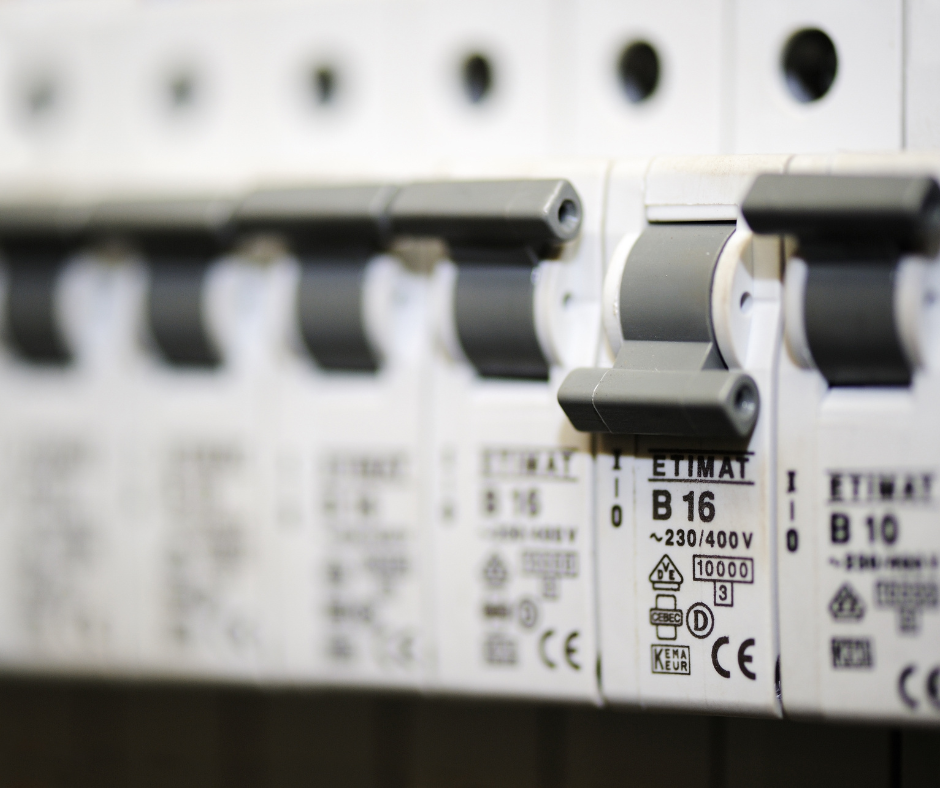
How to Tell the Difference
Here’s a quick checklist:
| Symptom | Likely Cause |
|---|---|
| Entire street is dark | Power outage (grid issue) |
| Only your property is affected | Electrical fault |
| Only one area/circuit is affected | Tripped breaker/fault |
| Flickering lights or overheating | Internal fault |
| No known issues reported online | Internal fault likely |
If you’ve lost power in just part of your building, check your consumer unit (fuse board) first. Resetting a tripped breaker might fix the issue — but if it trips again, don’t ignore it. It could be a sign of a deeper fault.
When to Call an Electrician
You should call a professional electrician if:
-
Power is lost to only part of the property
-
Circuit breakers keep tripping
-
Lights flicker or sockets spark
-
You notice burning smells or heat from outlets
-
Water damage may have affected the wiring
At Southam Electrical, we regularly respond to callouts for these kinds of faults — especially in homes, offices, and shops. Our team can quickly identify the issue, carry out testing, and get you back up and running safely.
If needed, we can also perform a full Electrical Installation Condition Report (EICR) to ensure everything is up to current standards.
Don’t Take Risks with Faults
While a power cut is often an inconvenience, an electrical fault can be dangerous. Fires caused by faulty wiring are more common than people think — and they’re often preventable.
The UK’s Health and Safety Executive recommends that all commercial properties carry out regular inspections and that faults are repaired by qualified engineers. You can read their full guidance on electrical safety at work.
Final Thoughts
If you’re ever unsure whether you’re dealing with a power cut or an internal fault, start by checking with your neighbours and inspecting your fuse board. But if something doesn’t feel right — or if power keeps going off in part of the building — it’s time to call a professional.
Southam Electrical Bros are on hand to help with all types of domestic and commercial faults, across Oxfordshire and beyond.
Let’s keep your property powered — and protected.


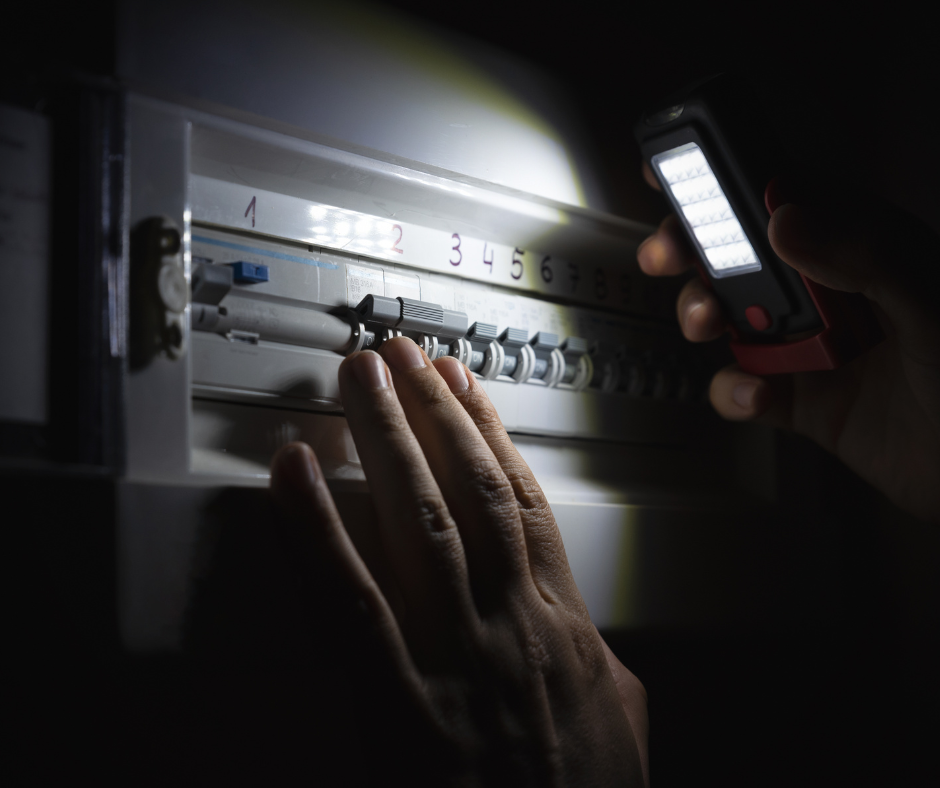
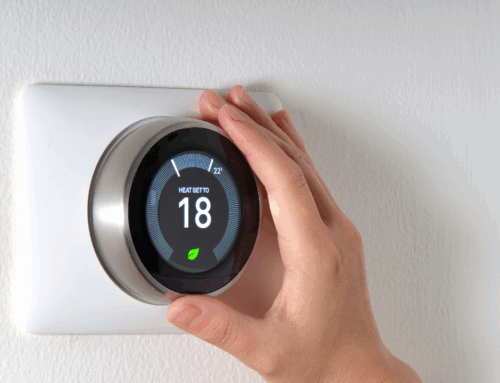
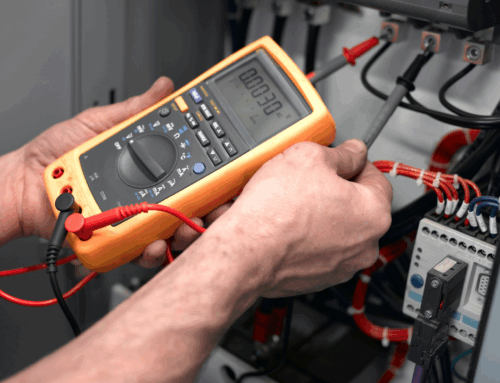

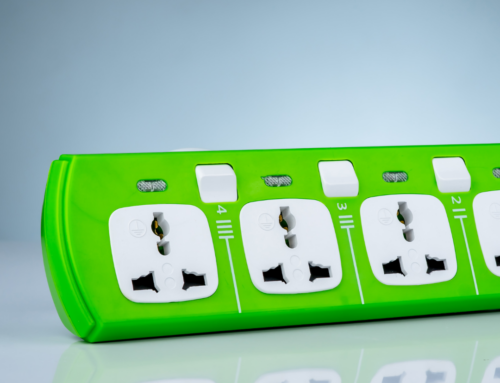
Leave A Comment